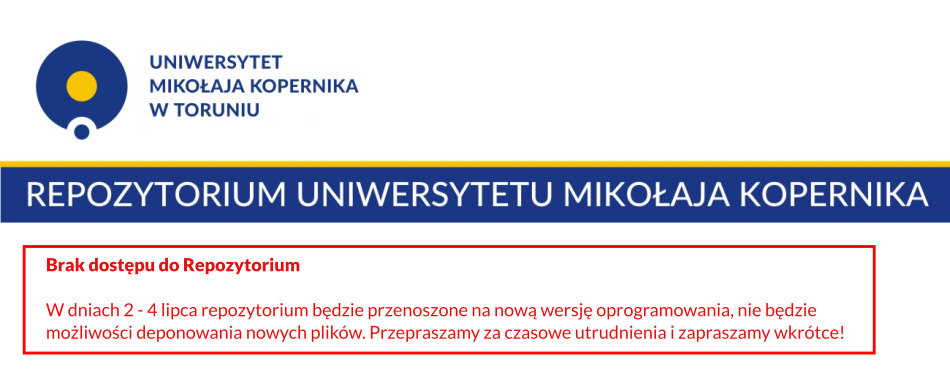| dc.description.abstract |
The subject matter of the article revolves around two classical models of relationship
between freedom and security contained in the theories formulated by T. Hobbes and
J. Locke, as well as their conceptual development in the theories by H. Kelsen and J. Rawls. The model presented by Hobbes accentuates the primacy of security, whereas the one
proposed by Locke, the primacy of the rights of an individual. A critical analysis of those
models illustrates that one may not interpret the necessity of existence of a political power,
or the requirement to guarantee the rights of individuals in an absolutist way. The validity
of Hobbes’s model is limited to the statement regarding the necessity to establish a „decision-
centre” ensuring „collective security”. Locke’s model, on the other hand, is not established
upon the construction of an „ideal constitution” but rather it points to democratic
forms of guarantying individual rights. This does not mean that one should acknowledge
the absolute primacy of legislature. In both the theories proposed by Kelsen and Rawls
this function may be fulfilled by constitutional judicature. While the model established
by Hobbes is appropriate for the descriptive conceptualisation of constitution, the one offered by Locke serves the prescriptive formulation of this concept.
Przedmiotem artykułu są dwa klasyczne modele relacji wolności i bezpieczeństwa zawarte
w teoriach T. Hobbesa i J. Locke’a, a także ich konceptualne rozwinięcia w teoriach H. Kelsena
i J. Rawlsa. Model Hobbesa akcentuje prymat bezpieczeństwa, natomiast model Locke’a
prymat praw jednostki. Krytyczna analiza tych modeli pokazuje, że nie można interpretować
konieczności istnienia władzy politycznej czy też konieczności gwarancji praw jednostki
w sposób absolutystyczny. Ważność modelu Hobbesa ogranicza się do twierdzenia o konieczności
istnienia „ośrodka decyzyjnego” zapewniającego „zbiorowe bezpieczeństwo”. Natomiast
istota modelu Locke’a nie polega na konstrukcji „idealnej konstytucji”, lecz na wskazaniu
na demokratyczne formy gwarancji praw jednostki. Nie oznacza to, że należy uznać
bezwzględny prymat legislatywy. Zarówno w teorii Kelsena, jak i Rawlsa funkcję tę może
spełniać sądownictwo konstytucyjne. Model Hobbesa jest odpowiedni dla deskryptywnego pojęcia konstytucji, natomiast model Locke’a dla preskryprtywnego pojęcia konstytucji. |

